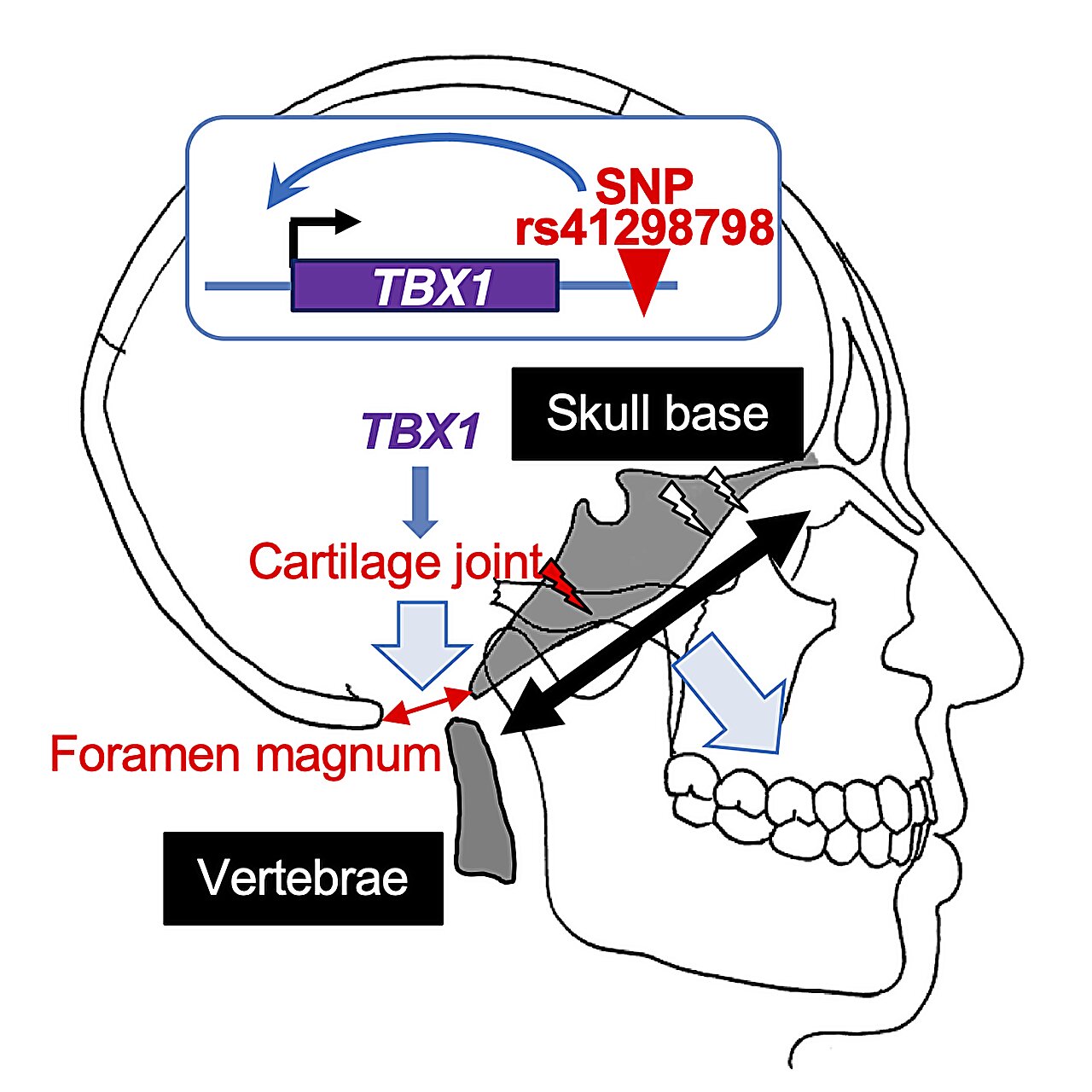Humans, known scientifically as Homo sapiens, possess distinct characteristics in comparison to other closely related hominin species and primates, particularly in the structure of the skull base. These evolutionary changes played a crucial role in the development of our larger brain size.
During the course of human evolution, most genetic alterations did not directly impact genes themselves but rather the regions that control and regulate gene expression. Variations in these regions often lead to genetic disorders, disrupting gene expression throughout the developmental process. Therefore, understanding and studying these genomic changes is essential for comprehending human growth and diseases.
The evolution of the basicranial region, where the skull base connects with the neck bones, was a significant milestone in the evolution of Homo sapiens. The highly flexed skull base we developed allowed for the expansion of our brain size. Consequently, variations affecting the development of this region likely played a crucial role in our evolutionary journey.
In their research, the team focused on identifying single nucleotide polymorphisms (SNPs), which are variations in a single DNA letter, that influenced gene regulation in the basicranial region of Homo sapiens compared to extinct hominins. One particular SNP, located in the TBX1 gene, stood out from the rest.
Through experiments using cell lines, they demonstrated that this SNP, known as “rs41298798,” is situated in a regulatory region that controls TBX1 gene expression. The “ancestral” form of the SNP, present in extinct hominins, is linked to lower TBX1 expression, while the Homo sapiens variant leads to higher levels of TBX1.
2024-04-18 06:51:04
Original article from phys.org
